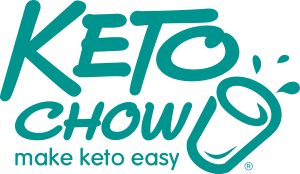Keto Chow Success Stories: Johnathan B.
I was quite large at the start of my journey, and nearly dying from a staph infection that diabetes wouldn’t let me recover from, my blood sugar was out of control and I was in a bad spot. I did Medifast / Take Shape For life form of keto for the first 3 years and lost the first 100 or so lbs, from there I tried to maintain or continue that without keto and repeatedly failed. Short bouts of keto worked but I always fell victim to a sweet tooth and a need for ice cream and chocolate.
Keto Chow lets me feel like im having a milkshake daily, fixes most of my sweet cravings and has helped me stay on keto for the the past year or so and I have finally got the weight off thanks to pumpkin spice, cookies and creme and egg nog Keto Chow.
* I also sometimes order other flavors, but those are the best IMO.



















